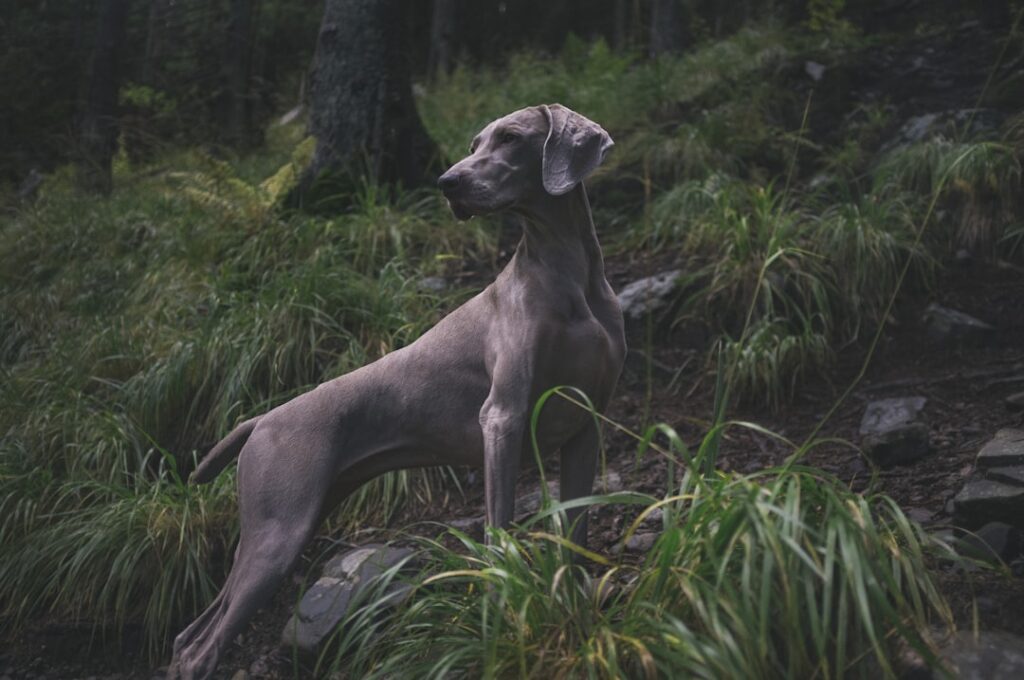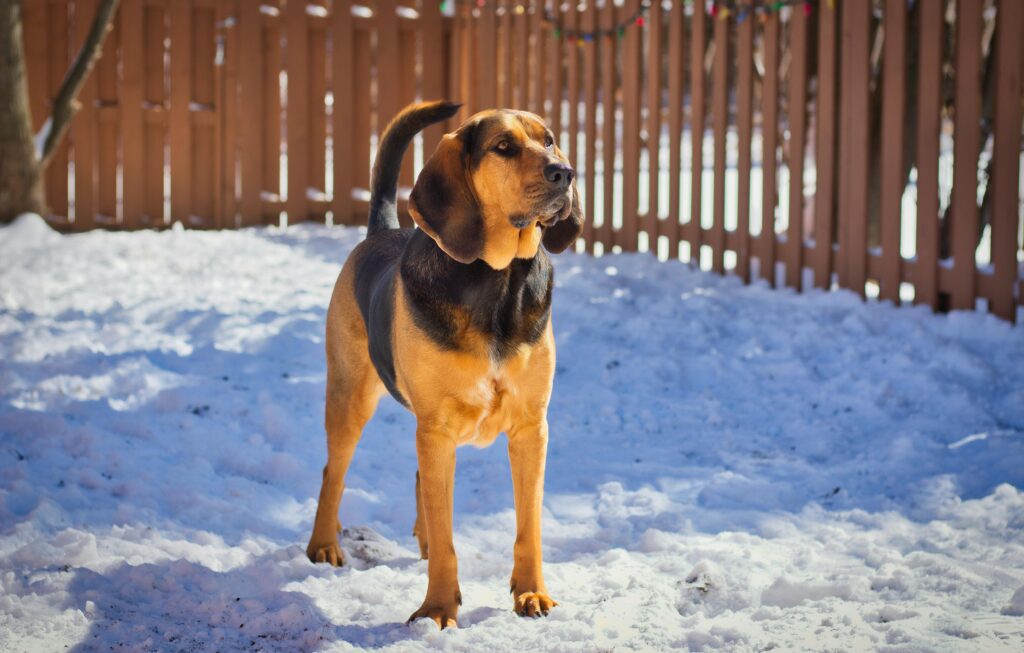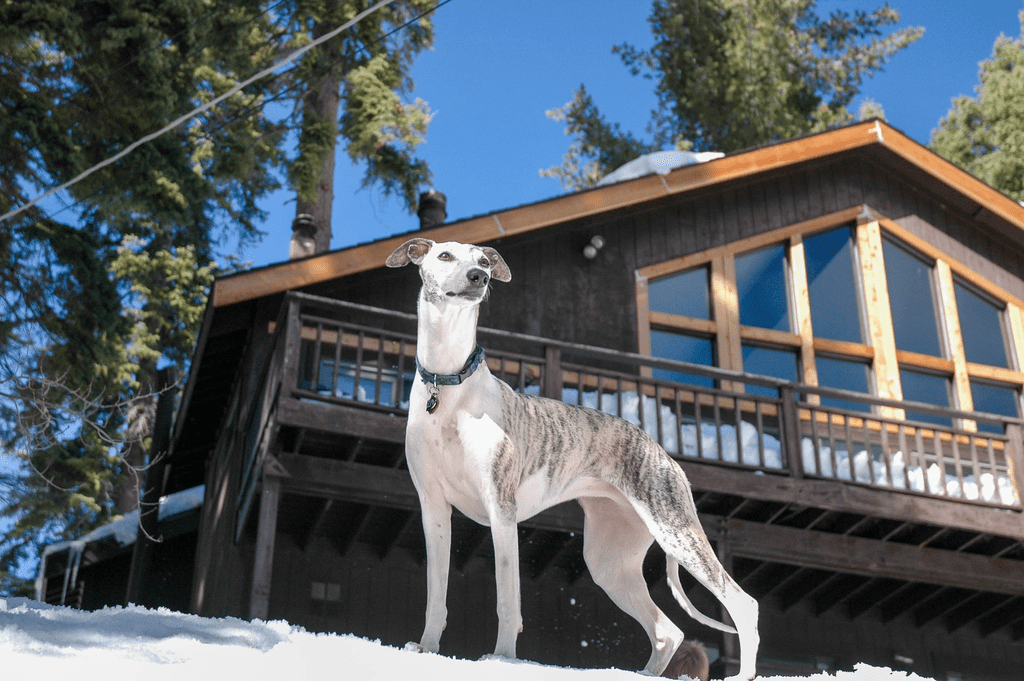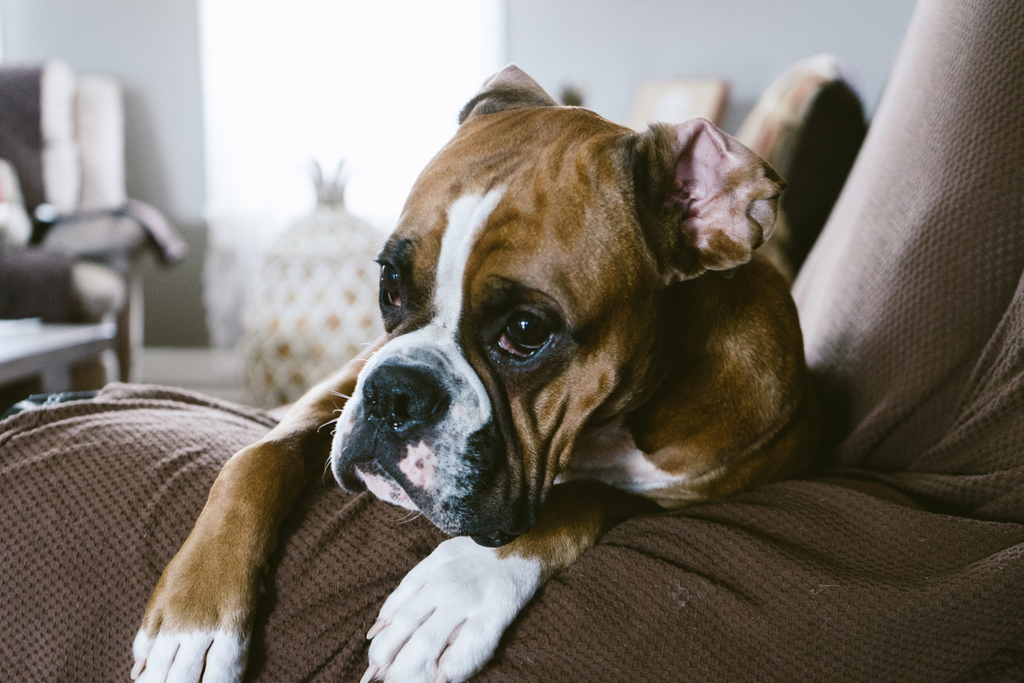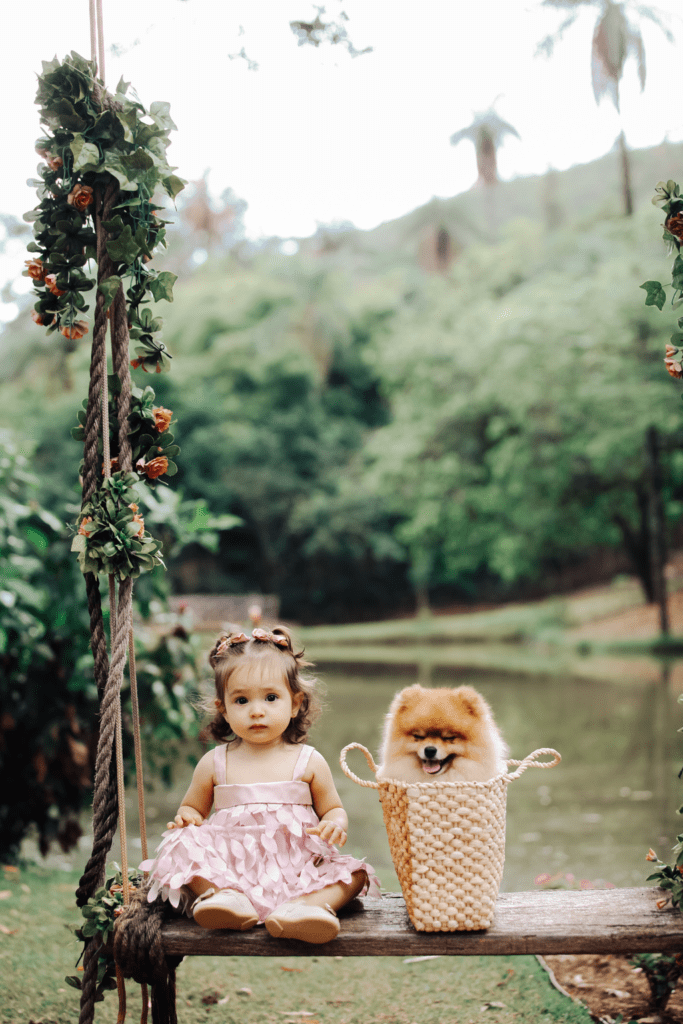Guide to the Shih Tzu Dog Breed
The Shih Tzu is a small toy breed that originated in China. Its name translates to “lion dog” in Chinese, which is fitting given its regal appearance and confident demeanor. The breed has a rich history that dates back thousands of years, with its roots in the imperial palaces of ancient China. Shih Tzus were highly prized by Chinese royalty and were often given as gifts to foreign dignitaries. Today, the Shih Tzu is a popular companion dog and is recognized by various kennel clubs and organizations around the world. It is known for its distinctive appearance, with a long flowing coat, a short muzzle, and large round eyes. The breed’s friendly and affectionate nature has endeared it to many dog lovers, making it one of the most beloved toy breeds. Appearance and Physical Characteristics of the Shih Tzu The Shih Tzu is a small dog, typically weighing between 9 to 16 pounds and standing about 8 to 11 inches tall at the shoulder. Despite its small size, the breed has a sturdy and well-balanced body structure. Its head is round and broad, with a short muzzle and a well-defined stop. The eyes are large and round, giving the Shih Tzu an expressive and endearing look. One of the most distinctive features of the Shih Tzu is its luxurious double coat. The outer coat is long and flowing, while the undercoat is soft and dense. The coat comes in a variety of colors, including gold, black, white, brindle, and combinations of these colors. Regular grooming is essential to keep the coat healthy and free from tangles. Temperament and Personality Traits of the Shih Tzu The Shih Tzu is known for its affectionate and loyal nature. It forms strong bonds with its family members and thrives on human companionship. This breed is often described as being friendly, outgoing, and eager to please. Shih Tzus are generally good with children and get along well with other pets when properly socialized. Despite its small size, the Shih Tzu is a playful and energetic breed. It enjoys interactive playtime and daily walks to keep it physically and mentally stimulated. However, it is important to note that the Shih Tzu does not have high exercise requirements and can adapt well to different living situations, including apartments or homes with limited outdoor space. Health Concerns and Common Health Issues of the Shih Tzu Like all dog breeds, the Shih Tzu is prone to certain health issues. Some of the common genetic health problems seen in this breed include hip dysplasia, patellar luxation, and eye issues such as progressive retinal atrophy (PRA) and cataracts. Regular veterinary check-ups and preventative care are crucial to catch any potential health problems early on. In addition to genetic health issues, the Shih Tzu is also prone to certain common health problems such as dental issues and allergies. Dental care is particularly important for this breed due to its small mouth and crowded teeth. Regular brushing and professional dental cleanings can help prevent dental disease. Grooming and Maintenance of the Shih Tzu’s Coat The Shih Tzu’s long, flowing coat requires regular grooming to keep it looking its best. Daily brushing is necessary to prevent tangles and mats from forming. In addition to brushing, regular bathing, ear cleaning, and nail trimming are also important parts of the grooming routine. Many Shih Tzu owners choose to have their dogs professionally groomed on a regular basis. Professional groomers can help maintain the coat’s length and texture, as well as trim the hair around the eyes and ears for better visibility and hygiene. Regular grooming not only keeps the Shih Tzu looking beautiful, but it also helps maintain the health of its skin and coat. Training and Exercise Requirements for the Shih Tzu The Shih Tzu is an intelligent breed that is eager to please, making it relatively easy to train. Basic obedience training and socialization should begin at an early age to ensure that the Shih Tzu grows up to be a well-behaved and well-adjusted dog. Positive reinforcement methods, such as treats and praise, work best with this breed. While the Shih Tzu does not require a lot of exercise, it still needs daily walks and playtime to keep it physically and mentally stimulated. Interactive toys and puzzle games can provide mental stimulation for this breed. It is important to note that the Shih Tzu is a brachycephalic breed, meaning it has a short muzzle, which can make it more susceptible to heat exhaustion. Care should be taken to avoid excessive exercise in hot weather. Feeding and Nutrition for the Shih Tzu Proper nutrition is essential for the health and well-being of the Shih Tzu. A high-quality commercial dog food that is appropriate for the breed’s age, size, and activity level is recommended. It is important to follow the feeding guidelines provided by the manufacturer and adjust the portion sizes as needed to maintain a healthy weight. Some Shih Tzus may have specific dietary restrictions or considerations due to allergies or sensitivities. It is important to work closely with a veterinarian to determine the best diet for your individual dog. Additionally, treats should be given in moderation to prevent weight gain. Living Arrangements and Housing for the Shih Tzu The Shih Tzu is a versatile breed that can adapt well to different living situations. While it enjoys spending time outdoors, it is primarily an indoor dog and should not be left outside for extended periods of time. The breed is sensitive to extreme temperatures and is more suited to indoor living with climate control. The Shih Tzu can thrive in apartments or homes with limited outdoor space, as long as it receives regular exercise and mental stimulation. However, it is important to provide a safe and secure environment for the breed, as it can be prone to accidents and injuries due to its small size. Socialization and Interaction with Other Pets and People Early socialization is crucial for the Shih Tzu to develop into
Guide to the Shih Tzu Dog Breed Read More »


